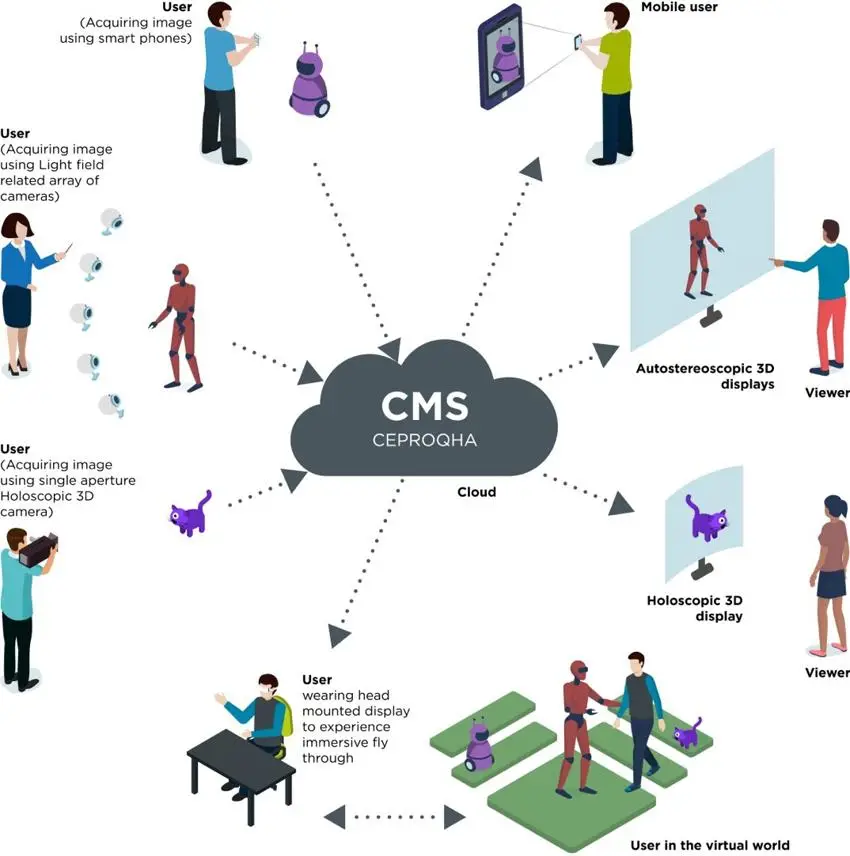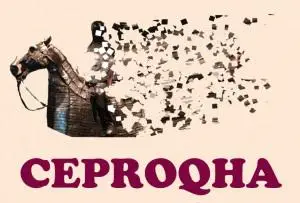The global aim of the CEPROQHA: Cost-Effective High-Quality Preservation and Restoration of Qatar Cultural Heritage through Advanced Holoscopic 3D Imaging project is to develop a bespoke Holoscopic 3D imaging paradigm that will employ novel, advanced and cost-effective technologies for the acquisition, reconstruction, curation (i.e. CH asset management) and presentation of CH assets with view to achieve an easily accessible and highly accurate 3D replication of real assets in the Qatari Cultural Heritage.
As the State of Qatar transitions to a knowledge-based economy, it seeks to ensure that the nation's path to modernity is rooted in its values and traditions. A key first challenge identified in both the Qatar National Vision 2030 and the Qatar National Development Strategy (2011-2016) is the preservation of Qatar's culture. The National Digitisation Plan, outlined in Qatar's National ICT Plan 2015, thus leverages the tools of modernity in the preservation of Qatar’s culture, traditions and heritage. As part of the Digital Content Program, the plan aims to provide incentives for the development of a vibrant digital ecosystem through which future generations can tap into their past and create new expressions of Qatari culture on the global stage. The current Smart Nation program of Qatar has the ambition to make this happen in the next few years
The documentation of cultural assets is inherently a multimedia process, addressed through digital representation of the shape, appearance and preservation condition of the Cultural Heritage (CH) object. CH assets are not clone-able physically or impeccably restorable, and hence their curation as well as long-term preservation require the leveraging of advanced 3D modelling technologies.
However, this poses serious challenges since the generation of high quality 3D models is still very time-consuming and expensive, not least because the modelling is carried out for individual objects rather than for entire collections. Furthermore, the outcome of digital reconstructions is frequently provided in formats that are not interoperable, and therefore cannot be easily accessed and/or re-used and understood by scholars, curators or those working in cultural heritage industries, thereby resulting in serious risks menacing the sustainability of the reconstructions.
Indeed, the digital model is progressively becoming the actual representation of a cultural heritage asset for anybody, anywhere and anytime, and therefore this project intends to acknowledge the changing role that reconstruction, visualisation and management now play in the curation of heritage and its analysis.
 Cost-Effective High-Quality Preservation and Restoration of Qatar Cultural Heritage through Advanced Holoscopic 3D Imaging
Cost-Effective High-Quality Preservation and Restoration of Qatar Cultural Heritage through Advanced Holoscopic 3D Imaging
The project impact will be achieved through a number of enabling factors that the project will realise through:
- Creation of innovative techniques and effective methods for the preservation and understanding of Qatari cultural heritage.
- Promotion of inter-operable standard formats for semantic-aware 3D modelling, analysis and representation of cultural heritage.
- Easy distribution, publishing and reuse of such models, which in turn will ensure sustainable cross-sector collaborative work in both future research and development.
 CEPROQHA logo
CEPROQHA logo
Meet the Principal Investigator(s) for the project
Related Research Group(s)
Media Communication - Conducting, promoting and disseminating world-class research in the expanding area of Media Communications systems and technologies.
Partnering with confidence
Organisations interested in our research can partner with us with confidence backed by an external and independent benchmark: The Knowledge Exchange Framework. Read more.
Project last modified 21/10/2021